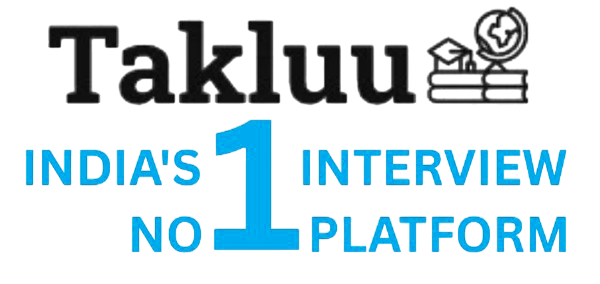Ques:- What is your process for resolving integration issues between software components
Asked In :-
STIC SOFT E-SOLUTIONS, Toxsl Technologies, iROID Technologies, Clear Trail Technologies, Fission Infotech, Sarvaha Systems, Aruba Networks, CodeCraft Technologies, Koenig Solutions, INNOART TECHNOLOGIES,
Right Answer:
To resolve integration issues between software components, I follow these steps:
1. **Identify the Issue**: Gather logs and error messages to understand the problem.
2. **Isolate Components**: Test each component individually to determine where the issue lies.
3. **Check Interfaces**: Verify that the interfaces and communication protocols between components are correctly implemented.
4. **Review Configuration**: Ensure that all configuration settings are correct and compatible with AUTOSAR standards.
5. **Debugging**: Use debugging tools to trace the execution flow and identify discrepancies.
6. **Consult Documentation**: Refer to AUTOSAR specifications and component documentation for guidance.
7. **Collaborate**: Work with team members or component owners to discuss findings and solutions.
8. **Implement Fixes**: Apply necessary code changes or configuration adjustments.
9. **Retest**: Conduct thorough testing to ensure the issue is resolved and no new issues are introduced.
10. **Document**: Record the issue, resolution
To resolve integration issues between software components, I follow these steps:
1. **Identify the Issue**: Gather logs and error messages to understand the problem.
2. **Isolate Components**: Test each component individually to determine where the issue lies.
3. **Check Interfaces**: Verify that the interfaces and communication protocols between components are correctly implemented.
4. **Review Configuration**: Ensure that all configuration settings are correct and compatible with AUTOSAR standards.
5. **Debugging**: Use debugging tools to trace the execution flow and identify discrepancies.
6. **Consult Documentation**: Refer to AUTOSAR specifications and component documentation for guidance.
7. **Collaborate**: Work with team members or component owners to discuss findings and solutions.
8. **Implement Fixes**: Apply necessary code changes or configuration adjustments.
9. **Retest**: Conduct thorough testing to ensure the issue is resolved and no new issues are introduced.
10. **Document**: Record the issue, resolution
